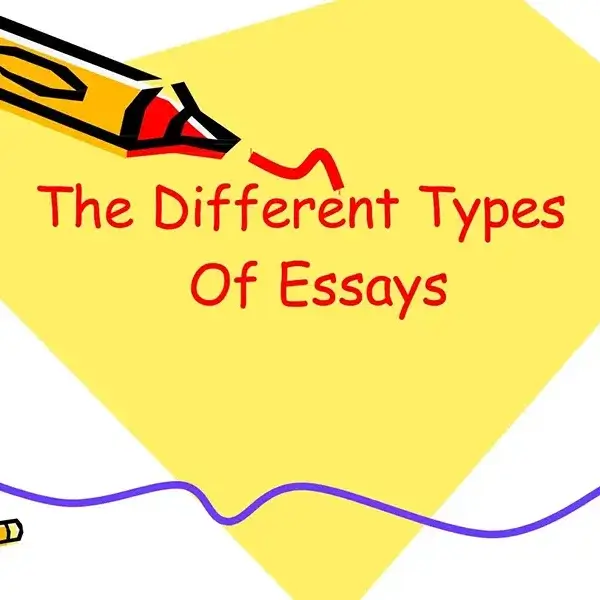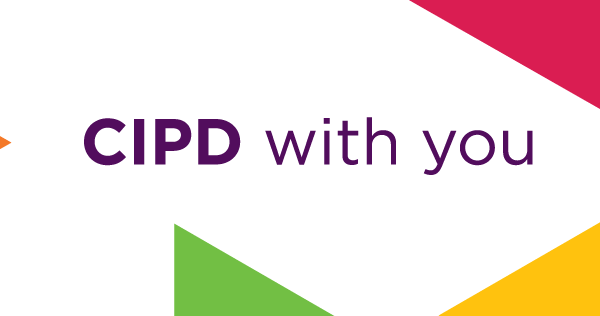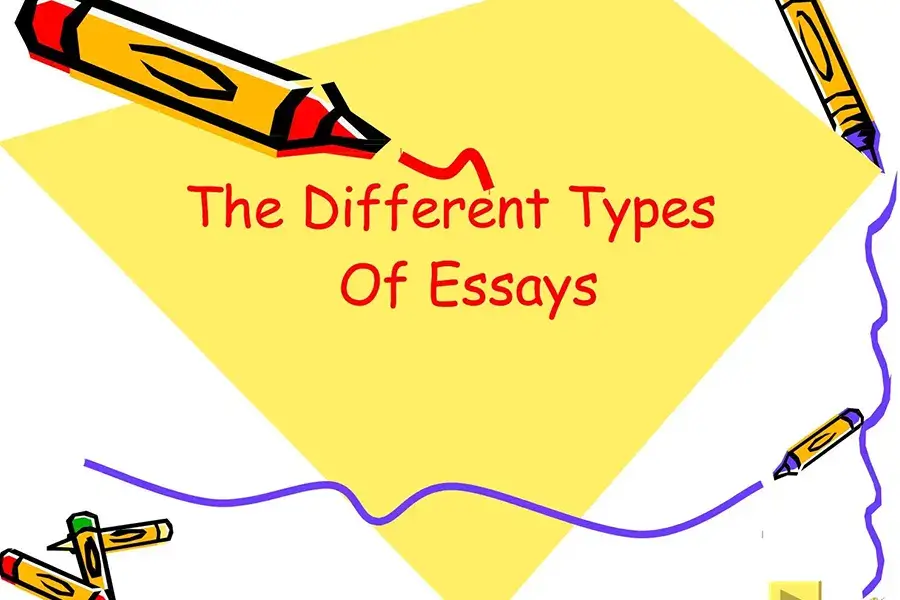The statement of the Coronavirus pandemic constrained humankind to reexamine how we instruct and learn. The meta-verse is a 3D computerized space that blends in with this present reality and the virtual world. It has been proclaimed as a pattern of future education with extraordinary potential. Be that as it may, as an arising thing, seldom did the current review talk about the meta-verse according to the point of view of education. In this paper, we initially present the dreams of the meta-verse, including its starting point, definitions, and shared highlights. Then, the meta-verse in education is characterized. A detailed structure of the meta-verse in training is proposed, alongside top-to-bottom conversations of its elements.
Introduction
With the Coronavirus pandemic proclaimed in 2020, mankind had to live a general public being non-up close. And personal with one another (Koo, 2021; Kye et al., 2021; Kim et al., 2022; Lee et al., 2022). Specifically, a scope of exercises in the actual world has traveled into the virtual world. Working from home, online gatherings, distance learning, and online shopping. And so on, have turned into a characteristic piece of human existence.
Subsequently, the human need to grow the limits of the actual world has been sped up. Setting off the longing for a further developed virtual world (Suzuki et al., 2020). Inferable from the forward leap of VR (computer-generated reality), AR (expanded reality), man-made intelligence (computerized reasoning), blockchain, and so on. The meta-verse, a 3D advanced space with fell virtual and genuine limits, has incited expanding consideration.
Subsequently, this exploration paper aims to survey a few delegate articles. They give an unmistakable perspective on the meta-verse in education. Its definition, structure, ordinary elements, likely applications, difficulties, and future examination issues are defined below. The main commitments of this paper incorporate the following points:
- The beginning, definition, and typical features of the meta-verse talk about the viewpoints taken from cutting-edge examinations.
- A detailed structure of the meta-verse in training is proposed, alongside the conversation about highlights of meta-verse-based learning contrast. And in-person homeroom learning and screen-based remote learning.
- Expected applications, difficulties, and future examination topics of the meta-verse in training are introduced.
Origin, Definition, and Features of the Meta-verse
1. The Origin of Meta-verse
Meta-verse is a compound word joined with “meta-” (past; rising above) and “refrain” (the base of “universe,” universe; the entire world). Which indicates another virtual universe made past this present reality. The expression “meta-verse” was the first author in the 1992 cyberpunk sci-fi novel Snow Crash written by American writer Neal Stephenson (Stephenson, 1992; Joshua, 2017). In this novel, people could unreservedly get to a 3D space that mirrors this present reality through computerized specialists (symbols) and collaborate. Over the following thirty years, the meta-verse idea was all the more strikingly portrayed in sci-fi motion pictures, like Prepared Player One, Lucy, and The Framework (Zhao et al., 2022).
2. Definition of the Meta-verse in Education
As shown by researchers, education is one of the main utilizations of the meta-verse with extraordinary expectations in the approaching future. Assignment writing helps in UK trust that the presence of the meta-verse can be filled in as another instructive climate. (Suzuki et al., 2020; Prieto et al., 2022; Rospigliosi, 2022); thus, the meta-verse in training can be viewed.
As an instructive climate upgrade by meta-verse-related advances. Which meld with the components of the virtual and the genuine instructive climate. It empowers students to utilize wearable gadgets to enter the instructive setting without being restricted by time and areas. And permits them to utilize advanced characters to have constant cooperation with various types of things. (e.g., symbols, smart NPCs, or virtual learning assets).
3. Features of the Meta-verse in Education
Because of the proposed system of the meta-verse in education. It tends to be seen that learning in the meta-verse world won’t feel equivalent to the customary homeroom or screen-based video-conferencing stages. It very well may be seen that meta-verse-based learning is more than a mix of face-to-face learning. And screen-based remote learning is probably going to make up for the impediments of both. In like manner, each feature is decipherer as follows:
The time and location for learners to participate in class
- Learner Identity
- Learning Resource
- Learning Activity
- Learning Interaction
- Learning Objective
- Learning Assessment
Conclusion
The specialized jumps of high-velocity correspondence, registering, computer-based intelligence, and virtual innovations have offered incredible opportunities for fostering the meta-verse (Park and Kim, 2022; Thomason, 2022). As Gartner (2022) anticipates, almost 30% of individuals will go through 2 hours daily in the meta-verse for work, diversion, education, and socialization by 2027. As far as education, the presence of the meta-verse is a pristine idea in contrast with existing instructive innovations.








Sign up